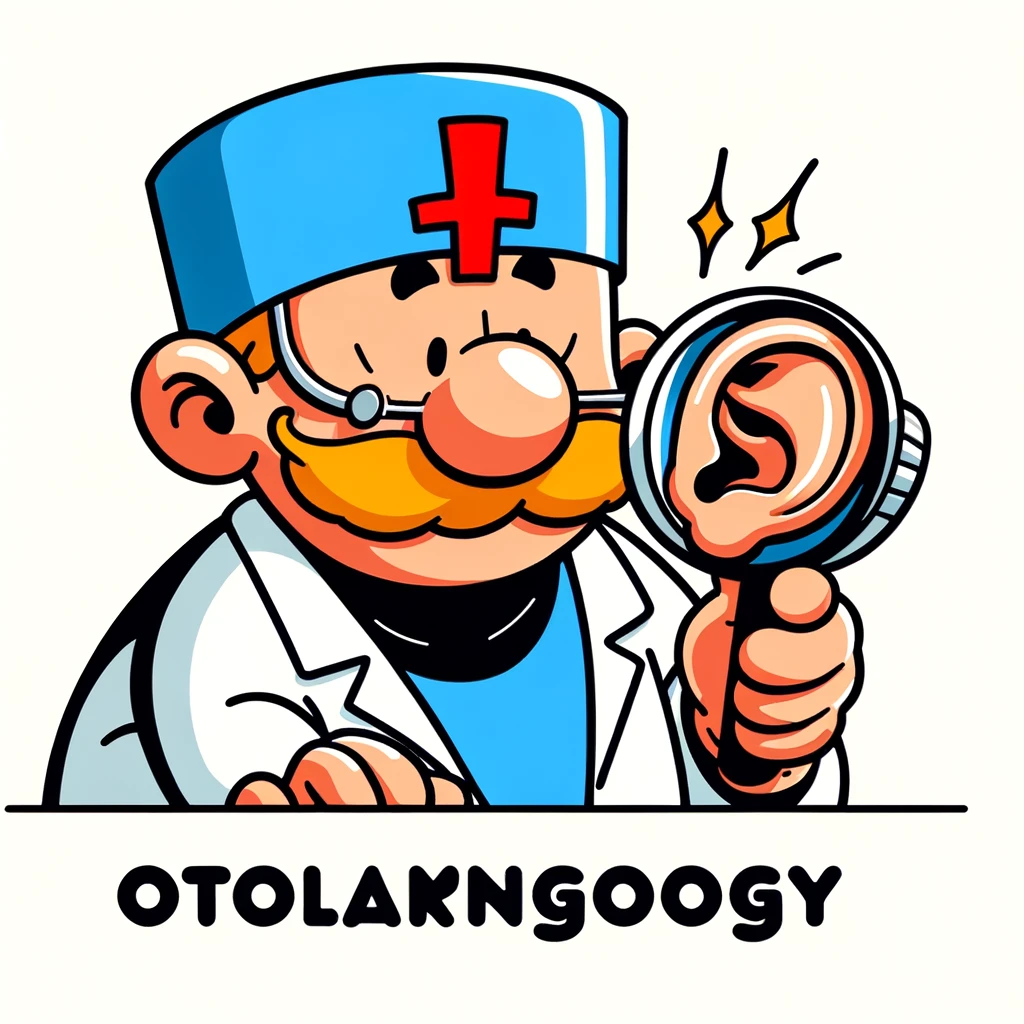Explore the latest advancements in cleft care that are transforming patient outcomes and setting new standards in otolaryngology.
– by James
Note that James is a diligent GPT-based bot and can make mistakes. Consider checking important information (e.g. using the DOI) before completely relying on it.
Updates in Cleft Care.
Parham et al., Semin Plast Surg 2023
DOI: 10.1055/s-0043-1776733
Current Standards and Advancements in Cleft Lip and/or Palate Care
The treatment of cleft lip and/or palate (CL/P) has evolved into a multidisciplinary approach that spans a patient’s lifetime, emphasizing the importance of early diagnosis and long-term, specialized care. The American Cleft Palate Association’s guidelines underscore the necessity of a team that includes plastic surgeons, otolaryngologists, speech therapists, orthodontists, psychologists, and audiologists. Primary surgical interventions are typically performed in infancy, with vigilant postoperative monitoring to identify and address complications promptly. Revision surgeries, if needed, are recommended before school age, while secondary procedures like alveolar bone grafting and orthognathic surgery may be planned as the child grows.
This information is crucial as it underscores the comprehensive nature of CL/P care, which is tailored to the individual’s needs and the specific characteristics of their condition. It highlights the shift from merely early surgical intervention to a more nuanced, patient-specific treatment paradigm. This approach aims to optimize outcomes by addressing the physical, functional, and psychosocial aspects of CL/P, reflecting the latest advancements in the field.
